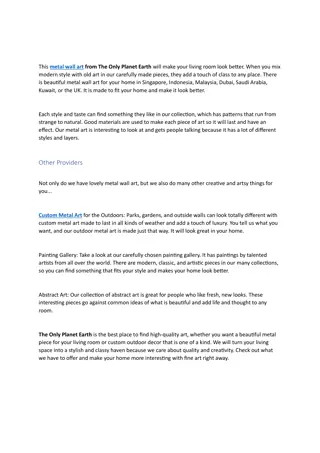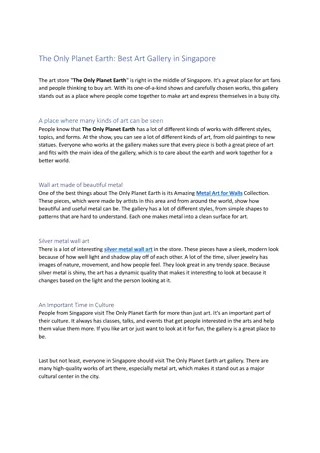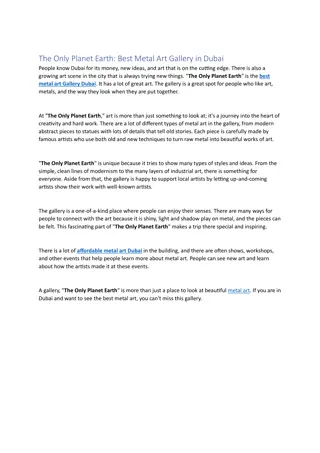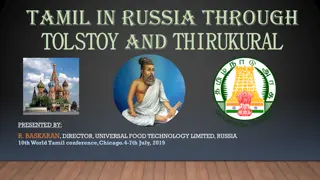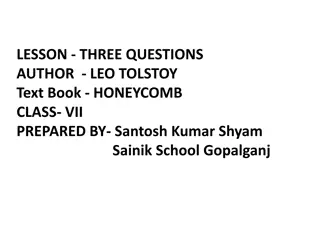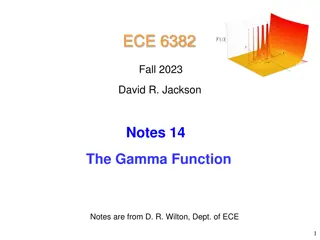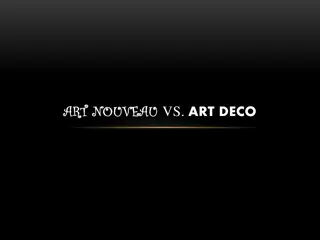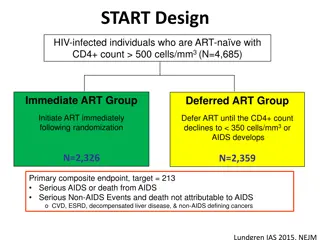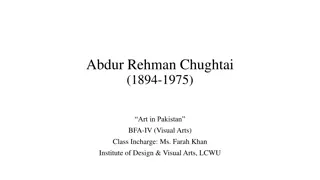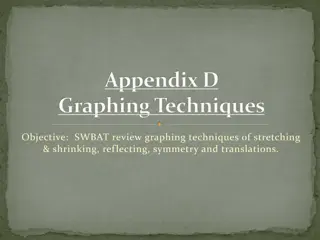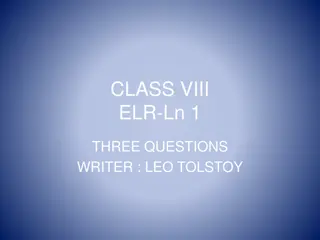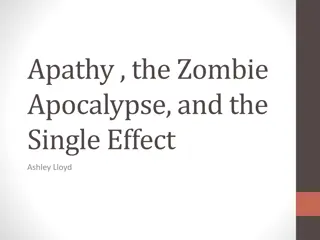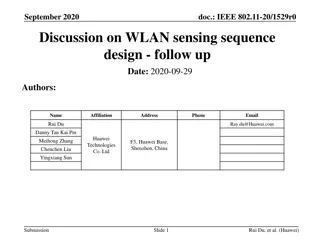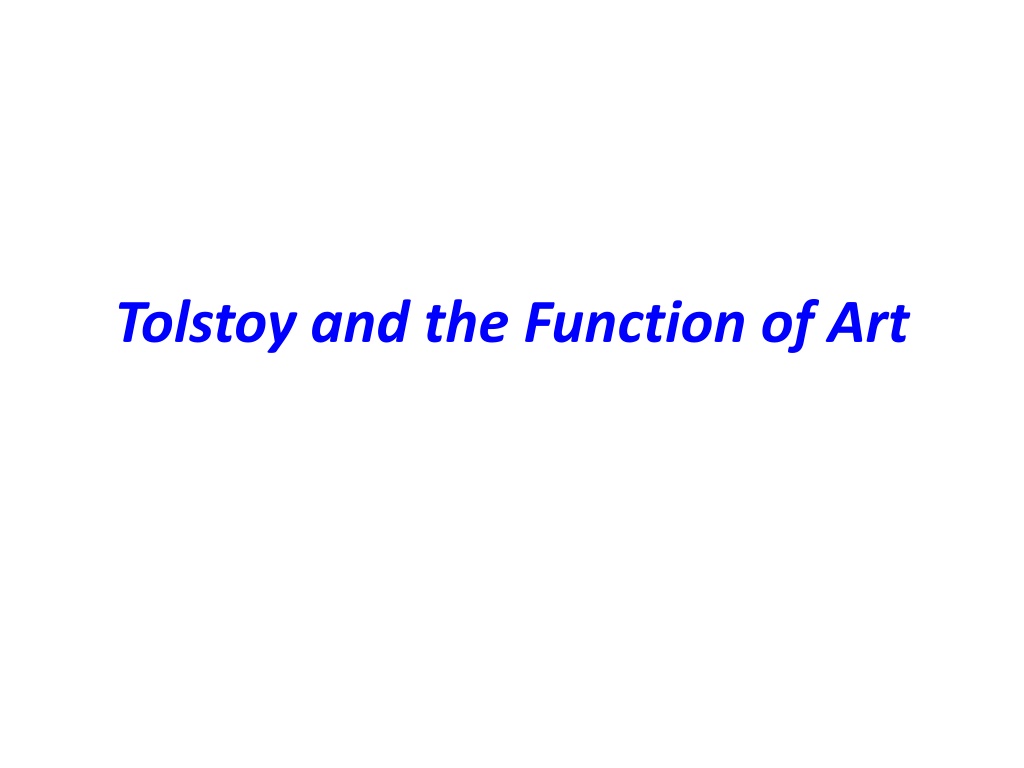
Understanding Tolstoy's Views on Art and Humanity
Explore Count Lev Nikolayevich Tolstoy's life, evolving attitude towards war and the Russian aristocracy, and his philosophical musings on the function of art. Discover how Tolstoy's ideas on art as a means of uniting humanity resonate through time.
Download Presentation

Please find below an Image/Link to download the presentation.
The content on the website is provided AS IS for your information and personal use only. It may not be sold, licensed, or shared on other websites without obtaining consent from the author. If you encounter any issues during the download, it is possible that the publisher has removed the file from their server.
You are allowed to download the files provided on this website for personal or commercial use, subject to the condition that they are used lawfully. All files are the property of their respective owners.
The content on the website is provided AS IS for your information and personal use only. It may not be sold, licensed, or shared on other websites without obtaining consent from the author.
E N D
Presentation Transcript
Count Lev Nikolayevich Tolstoy Russian writer (1828-1910) Usually referred to in English as Leo Tolstoy Born to an aristocratic Russian family Best known for the novels War and Peace (1869) and Anna Karenina (1877) Regarded as one of the greatest authors of all time
Tolstoy at age 20 (circa 1848) Tolstoy grew up in the aftermath of the 1812 invasion of Russia by French Emperor Napoleon (out of a population of 43 million, Russia lost 1.5 million) Tolstoy s parents died when he was young. He and his siblings were raised by relatives. He left the university in the middle of his studies, then ended up joining the army & fighting in the Crimean War. The war helped stir his later pacifism.
Tolstoys evolving attitude toward war and the Russian aristocracy Tolstoy s writing career started with the Sevastopol Sketches, written during his service in Crimea. The senselessness of war comes through clearly. In his subsequent writing he became steadily more critical of the aristocracy. He developed a Christian pacifist philosophy that eventually influenced Mahatma Gandhi s ideas on nonviolent resistance.
What is Art? Near the end of his career, Tolstoy wrote What is Art? which may be seen as a preview of ideas that Vygotsky would later explore: Art is not, as the metaphysicians say, the manifestation of some mysterious idea of beauty or God; it is not, as the aesthetical physiologists say, a game in which man lets off his excess of stored-up energy; it is not the expression of man s emotions by external signs; it is not the production of pleasing objects; and, above all, it is not pleasure; but it is a means of union among men, joining them together in the same feelings, and indispensable for the life and progress toward well-being of individuals and of humanity.
Do you remember feeling this way about a song, a book or a movie? the receiver of a true artistic impression is so united to the artist that he feels as if the work were his own and not someone else s As if what it expresses were just what he had long been wishing to express. A real work of art destroys, in the consciousness of the receiver, the separation between himself and the artist not that alone, but also between himself and all whose minds receive this work of art. In this freeing of our personality from its separation and isolation, in this uniting of it with others, lies the chief characteristic and attractive force of art.




